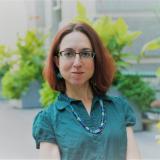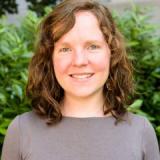Join Bill Braham for a webinar with renewable energy experts on energy use at home. Learn about energy efficiency, incentives to solarize, and how to switch to a green electricity provider. We’ll also premiere a short video on Navigating the PA PowerSwitch website, produced by the Kleinman Center for Energy Policy.
This webinar is co-sponsored by the Penn Professional Staff Assembly (PPSA).
Click here for a PDF of Bring it Home: Practical Ways for Penn Faculty and Staff to Respond to the Climate Emergency.






